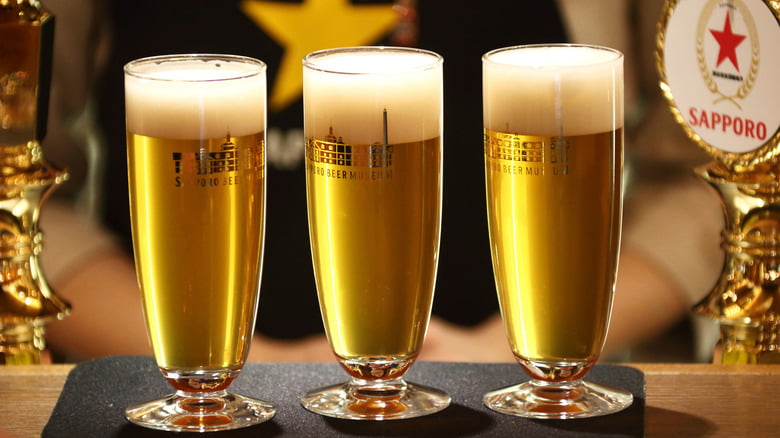Understanding the Composition of Sapporo Cans
Sapporo cans are a popular choice for packaging and storing beverages, and understanding the materials they are made of is essential for both manufacturers and consumers. In this article, we will explore the composition of Sapporo cans, including the materials used, the manufacturing process, and the environmental impact of these containers.
The Materials Used in Sapporo Cans
One of the key components of Sapporo cans is aluminum, which is known for its lightweight, durable, and corrosion-resistant properties. Aluminum is the most abundant metal in the Earth’s crust, making it a sustainable choice for packaging materials.
In addition to aluminum, Sapporo cans also contain a thin coating of polymer material on the inside to protect the contents from coming into direct contact with the metal. This lining is typically made of a food-grade epoxy resin that meets safety standards for food and beverage packaging.
Another important material used in the production of Sapporo cans is steel. While aluminum is the primary choice for beverage cans due to its lightweight nature, steel is sometimes used for certain types of packaging, such as food cans. Steel provides excellent strength and rigidity, making it suitable for products that require extra protection and durability.
It’s important to note that the composition of Sapporo cans may vary depending on the specific product and manufacturer. Some companies may use alternative materials or coatings to achieve specific performance characteristics or meet sustainability goals.
The Manufacturing Process of Sapporo Cans
The production of Sapporo cans starts with the manufacturing of aluminum or steel sheets, which are then processed into the desired shape and size for can production. The sheets are coated with the polymer lining to protect the contents, and then formed into cylindrical shapes using a process called deep drawing. The cans are then subjected to heat treatment to improve their mechanical properties and ensure they can withstand the pressures of packaging and transportation.
Once the cans are formed and treated, they go through a series of quality control inspections to ensure they meet industry standards for safety and performance. The finished cans are then sent to beverage manufacturers, where they are filled and sealed before being distributed to retailers and consumers.
The Environmental Impact of Sapporo Cans
Aluminum and steel are both highly recyclable materials, and Sapporo cans are no exception. Recycling these containers reduces the need for virgin materials, conserves energy, and minimizes greenhouse gas emissions. In fact, aluminum can be recycled indefinitely without losing its quality, making it a valuable resource for sustainable packaging solutions.
Additionally, the lightweight nature of aluminum cans reduces the carbon footprint associated with transportation and distribution, as they require less fuel for shipping compared to heavier packaging materials. This contributes to overall energy savings and lower emissions throughout the product lifecycle.
However, it’s important to consider the environmental impact of the polymer lining used in Sapporo cans. While these coatings provide important protective properties, they can pose challenges for recycling and waste management due to their complex composition. Manufacturers are actively researching and developing alternative coatings that are more easily recyclable and environmentally friendly.
Conclusion
In conclusion, Sapporo cans are primarily made of aluminum and steel, with a polymer lining to protect the contents. The manufacturing process involves shaping and treating the metal sheets to create durable, reliable containers for beverages and other products. While these materials have excellent properties for packaging, it’s important for manufacturers to continue exploring sustainable and recyclable solutions to minimize the environmental impact of these containers. By understanding the composition of Sapporo cans and their potential for recycling, we can work towards a more sustainable future for beverage packaging.
